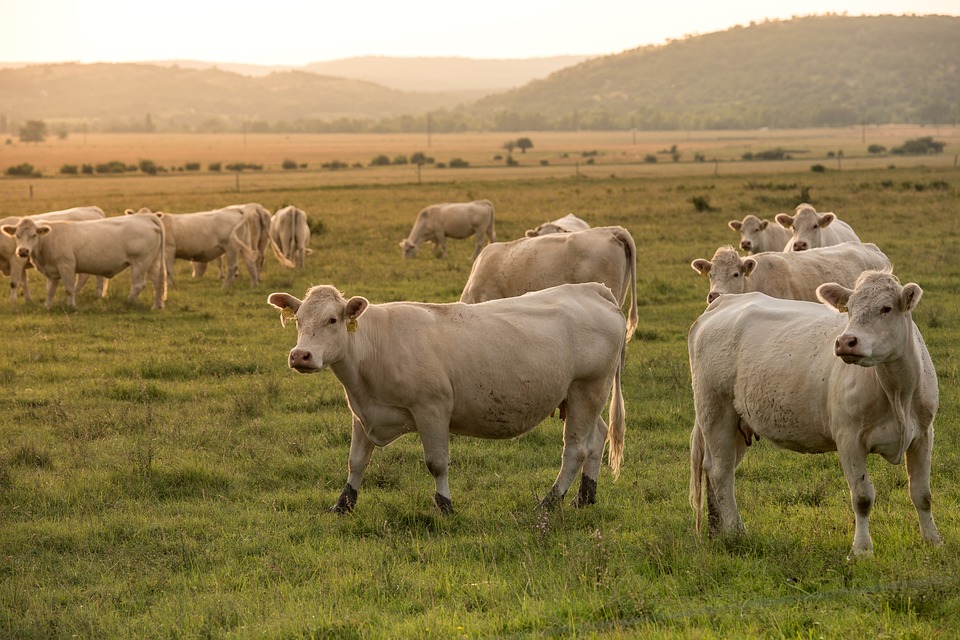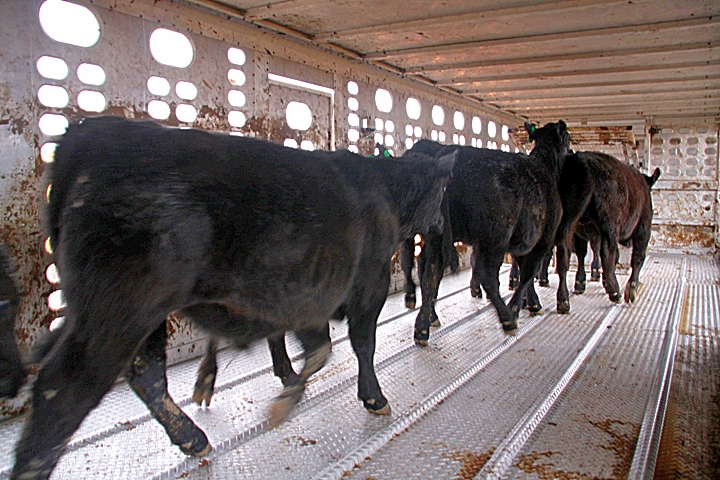Most food items will face higher property taxes several times, as they travel from the farm to processing, packaging, distribution, and grocery store. Agriculture was always considered sacred in the eyes of California’s property taxing agencies, and especially under Proposition 13. But that could change with the split roll property tax ballot initiative in November 2020.
Katy Grimes
California Split Roll Ballot Measure Destroys Prop 13 Protections for California Farmers, Threatens Rural Communities
Prop. 13 was a 1978 ballot initiative to cap property tax increases for residential and business properties and provide certainty, so property owners would not be taxed out of their homes and businesses. Passed by 65% of California voters in 1978, Prop. 13 put a Constitutional cap on annual property tax increases. Prior to passage of Prop. 13, many seniors and those living on fixed incomes were forced from their homes because of skyrocketing property tax increases. According to the Howard Jarvis Taxpayers Association, author of Prop. 13, some properties were reassessed 50 – 100% in just one year.
The 2020 ballot initiative misleadingly called the “California Schools and Local Communities Funding Act of 2020,” known more commonly as the “split-roll” tax initiative, would reassess properties and hike taxes on all commercial and industrial properties, including manufacturing plants, retail stores and malls.

The split-roll property tax measure will also remove Prop 13’s protections for California farmers, triggering annual reassessments at market value for all agriculture-related facilities and improvements.
This amounts to a $12.5 billion-a-year split-roll property tax measure, and is backed by the state’s major labor unions, the SEIU, and California Teachers Association chief among them with its $6 million in contributions toward the effort.
Oddly, Attorney General Xavier Becerra’s Title and Summary makes a blanket statement that agriculture is exempted in the split roll initiative. But that is not true.
But it’s for the children…
This is particularly self-serving and devious for counties, which are in desperate need of new sources of revenue for unfunded public employee pension obligations. And it is potentially damaging to the state economy, because under the 1978 Proposition 13 ballot initiative, agriculture properties were not considered commercial or industrial.
Under the split roll ballot initiative to split residential and commercial/industrial properties, tax increase proponents recently admitted that they will redefine commercial and industrial structures to include barns, food processing structures for eggs, broccoli, citrus, lettuces, wineries, almonds, and just about anything that grows in the ground and that Californians and the rest of the country eats.
Milking barns, packing houses, processing facilities, and wineries would all be reassessed annually at current market value. But what these tax increase proponents miss is that almonds, fresh eggs, lemons and oranges and broccoli don’t just get picked in the field and end up on your plate – it takes many processes to make the food ready to sell in a grocery or neighborhood market.
To get an idea of the magnitude of agriculture in California, the California Department of Food and Agriculture reports on the 2018 California Agricultural Production Statistics:
2018 Crop Year — Top 10 Commodities for California Agriculture
In 2018, California’s farms and ranches received almost $50 billion in cash receipts for their output. This represents a slight increase over adjusted cash receipts for 2017 1.
California’s agricultural abundance includes more than 400 commodities. Over a third of the country’s vegetables and two-thirds of the country’s fruits and nuts are grown in California. California is the leading US state for cash farm receipts, accounting for over 13 percent of the nation’s total agricultural value. The top producing commodities for 2018 include:
•Dairy Products, Milk — $6.37 billion
•Grapes — $6.25 billion
•Almonds — $5.47 billion
•Cattle and Calves — $3.19 billion
•Pistachios — $2.62 billion
•Strawberries — $2.34 billion
•Lettuce — $1.81 billion
•Floriculture — $1.22 billion
•Tomatoes — $1.20 billion
•Oranges — $1.12 billion
Proposition 13
Under Proposition 13 in 1978, the specificity of the property tax initiative defined real property as:
- land
- fixtures
- improvements
The new initiative is redefining these three steadfast definitions of real property, and what is taxable.

It’s always been clear that agricultural land is exempt from property tax reclassifications. However, state agricultural businesses are now concerned that any property improvements to their agricultural lands including dairy barns, wine grape irrigation, citrus fruit cleaning processes, or almond processing will no longer be considered exempt under agriculture considerations, and that and and property reassessments will increase property taxes on ranchers and farmers by millions.
This was exposed by proponents Schools and Communities First on their Agricultural Land Fact Sheet:
“Commercial or industrial structures on agricultural land would be taxed at fair market value, unless the property is owned by a small, independent owner. For example, a dairy barn, food processing facilities, and wineries would be reassessed as they are commercial and industrial.”
The initiative would not reassess row crops because those are exempt under the Constitution. However, when these crops go to packing facilities and processing areas, they would face higher property taxes.
And, under the Constitution, vineyards are not permanently exempt, as they are only exempt for the first three years after the season in which they were planted. Orchards are only exempt for the first four years after the season in which they were planted.
Where will the money actually go? Where the proponents say it will? Not so fast…
While public education would receive more funding from higher property taxes, the real outcome is that commercial and industrial property owners, and farmers and ranchers would be forced to pass the increased costs to tenants and on the cost of the food. And since most of the businesses in California are small businesses, whether they rent or own, they will be hit with this tax increase — as will anyone and everyone buying fruits, dairy products, meat, eggs, grapes and wine.

This is somewhat ironic given that Gov. Gavin Newsom’s wife, First Partner Jennifer Siebel Newsom, has been active in supporting Farm to School food programs for the purpose of boosting student nutrition.
Many government employees, organizations and labor unions could also be hit in the retirement pocket book, as public employee retirement managers like CalPERS and CalSTRS, and labor union pension accounts, invest in California commercial real estate properties.
Counties’ Disincentive to be Supportive of Agriculture
The Williamson Act of 1965 allows local governments to enter into contracts with private landowners for the purpose of restricting specific parcels of land to agricultural or related open space use, in exchange for lower property tax assessments. However, there is a disincentive to support agricultural land. Cities and counties throughout the state with massive unfunded pension and retiree healthcare obligations, are already incentivized to take out agricultural land, rezone, and allow commercial and industrial projects to be built which will yield a much higher rate of tax revenue.
According to Californians to Save Prop. 13, A Split-Roll Property Tax Will… Eliminate Prop 13 Property Tax Certainty for Farmers:
• Farming is a risky business, and California farmers have seen rising costs on nearly every aspect of their businesses – from labor and water to regulatory compliance. At the same time, they face volatile commodity prices, concerns over access to international markets and are subject to unpredictable acts of nature.
• Prop 13 protects California farmers by giving them certainty over what their property taxes will be so they can focus on growing the food that feeds the country instead of worrying about losing their farm due to skyrocketing property tax bills.
Free Range Report
Thank you for reading our latest report, but before you go…
Our loyalty is to the truth and to YOU, our readers!
We respect your reading experience, and have refrained from putting up a paywall and obnoxious advertisements, which means that we get by on small donations from people like you. We’re not asking for much, but any amount that you can give goes a long way to securing a better future for the people who make America great.
[paypal_donation_button]
For as little as $1 you can support Free Range Report, and it takes only a moment.



